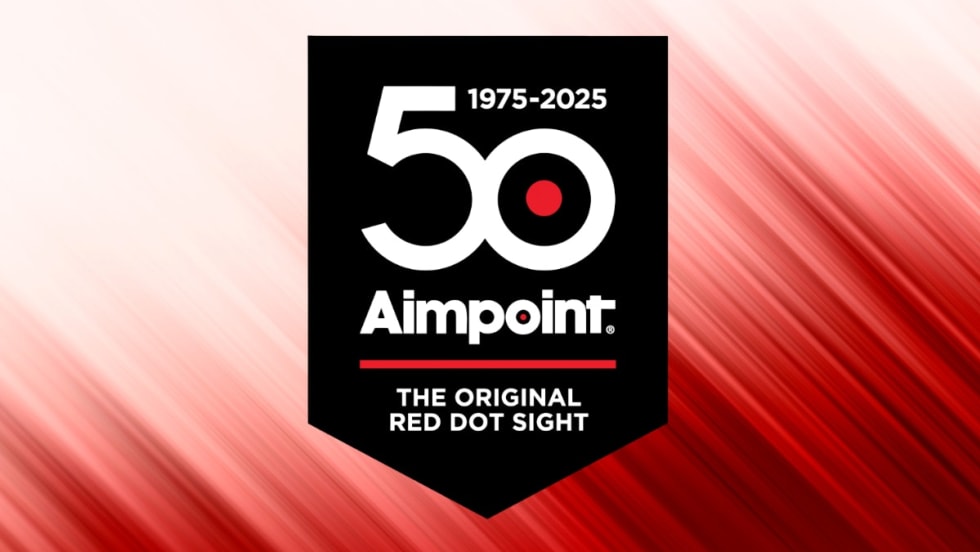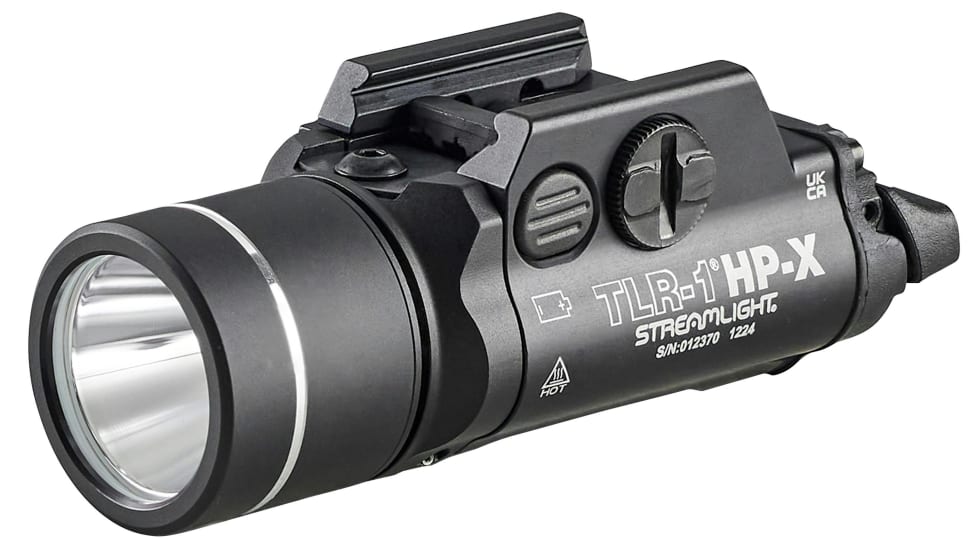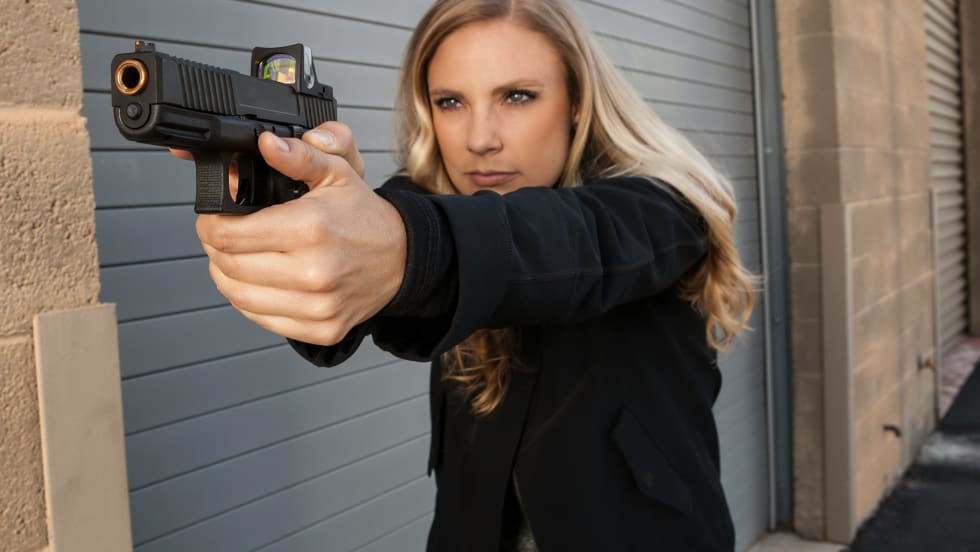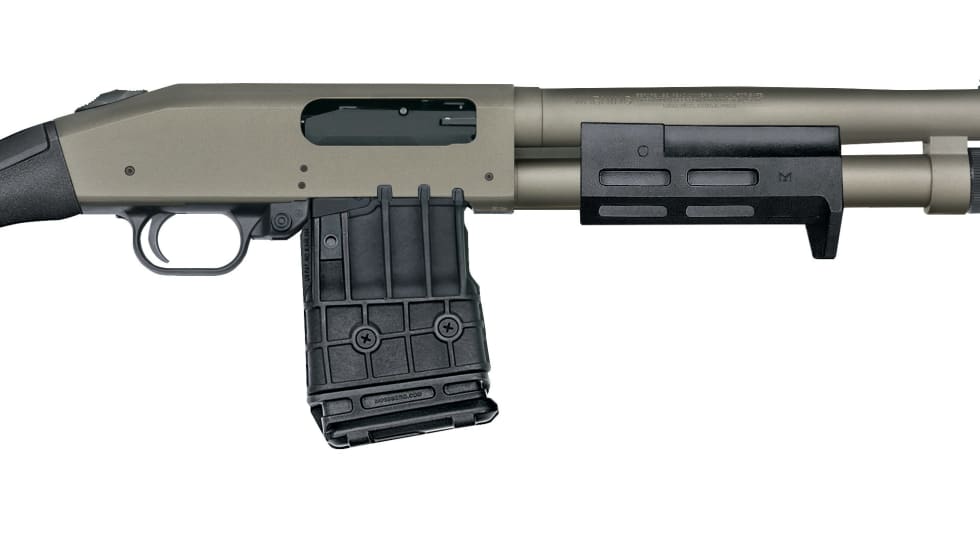Officer Steve Staton of the San Diego Police Department stopped a vehicle for speeding on I-805 near the Murray Ridge ramp. After running the suspect for warrants, Steve found the suspect did, indeed, have a warrant for driving with a suspended license. He told the suspect to get out of the vehicle because he had a warrant that needed to be cleared up. So far, so good.
When the suspect got out, he immediately produced a gun pointed directly at Steve. Steve was too far away to grab the suspect so he leapt over the guardrail for cover. He planned on making his stand there. As he was going over the guardrail he heard shots ring out. He felt three impacts to the back panel of his vest and heard other shots.










